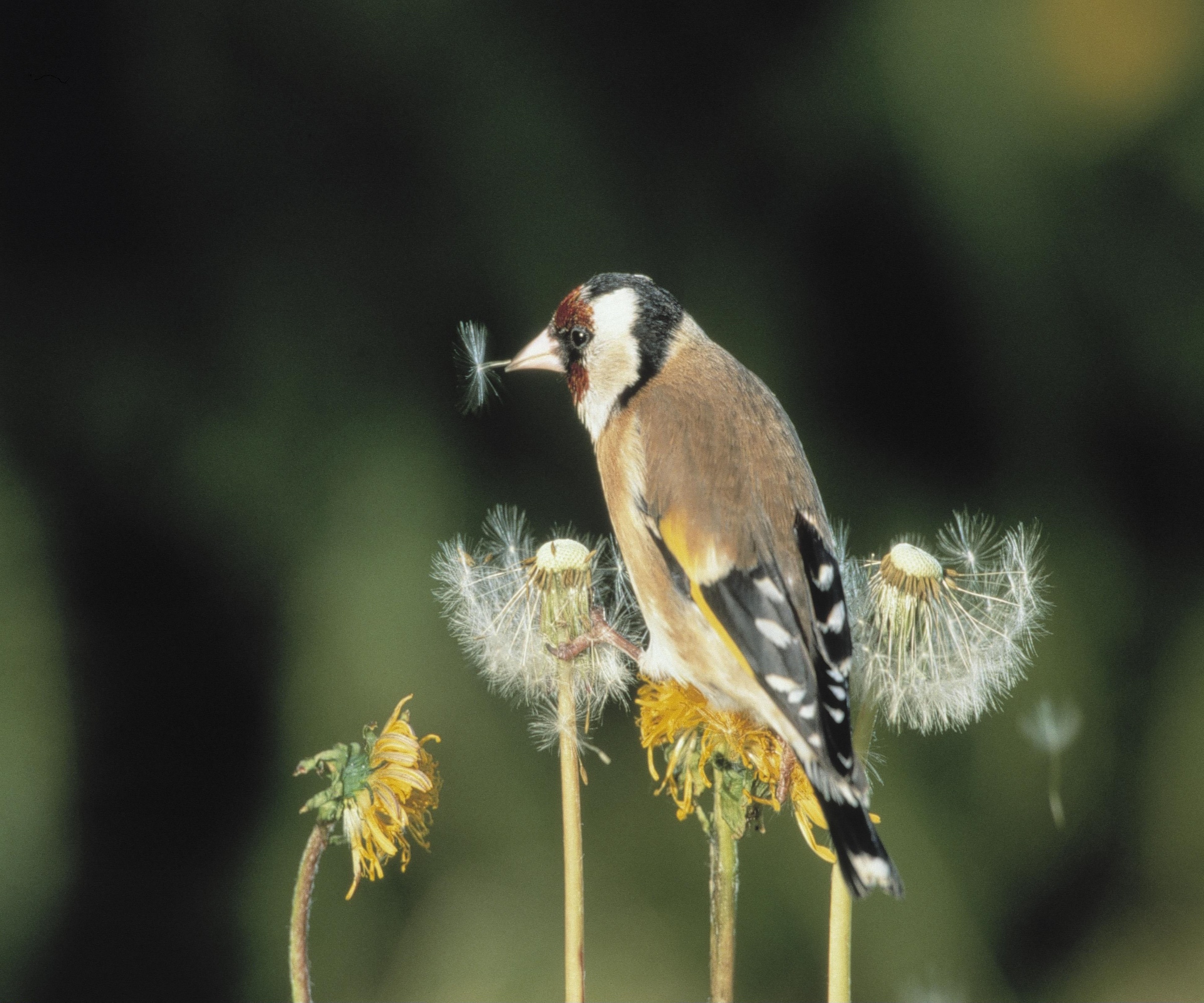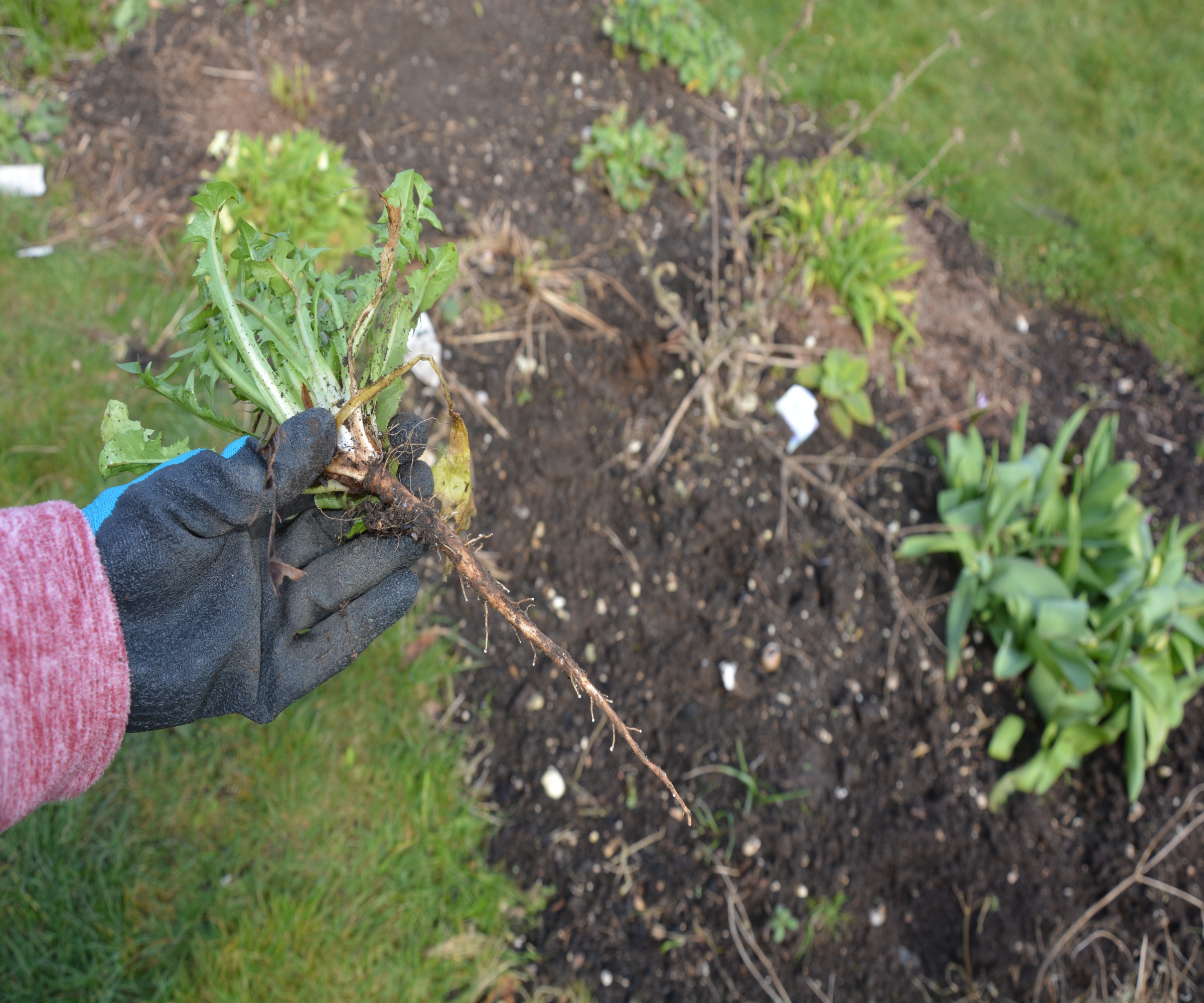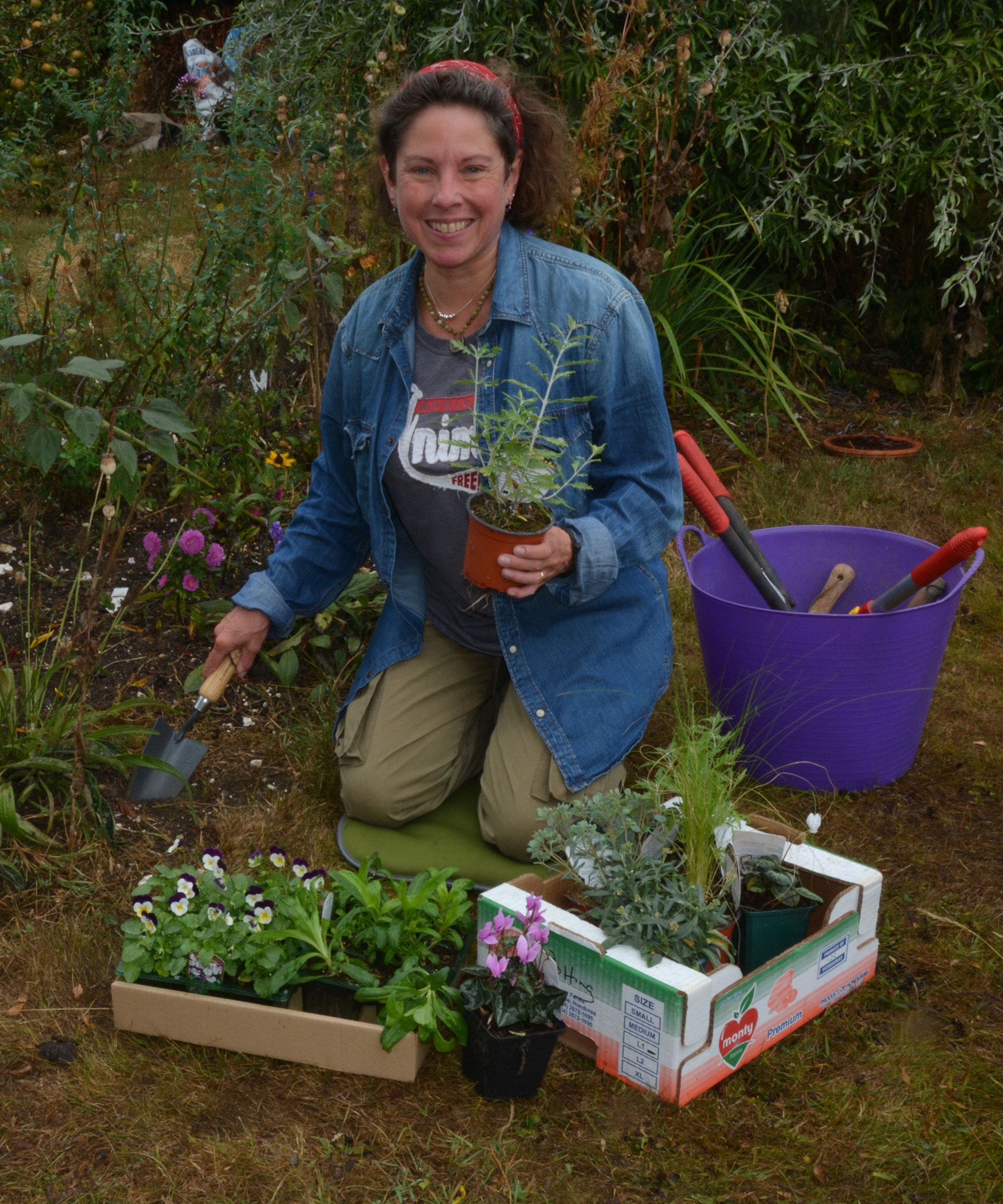Are dandelions weeds or flowers?
Our expert explains why there might just be more to dandelions than meets the eye


Dandelions are one of the most recognisable, but often unwanted, wildflowers of spring. They produce plump golden cushions of densely packed petals that ripen into ‘clocks’, gossamer pompoms of seeds that are carried far and wide on the breeze.
Dandelion leaves are equally easy to identify, deeply serrated and forming a rosette from which the flower’s sturdy stalk emerges.
Most gardeners dismiss dandelions as weeds and would never incorporate them in their wildflower garden ideas. But talk to environmentalists, herbalists and home cooks and you’ll discover that there’s more to them than you might expect. Do we really need to get rid of dandelions? Are dandelions weeds - or something a bit more important? We investigate.

Lightweight dandelion seeds blowing away on the breeze
Are dandelions weeds, flowers or something else?
I think they are a bit of both - left to their own devices they can become a menace, but they are also fantastically useful plants.
While I appreciate their cheery flowers and the fact that they are an integral part of the natural world, I also know from first-hand experience that if they are left unchecked they can take over a large area of the backyard.
But I wouldn't be without them. I think there is a compromise that can easily be reached by letting a few grow in a secluded area of the yard, as long as you make sure you catch them before their seeds ripen and float away on the next spring breeze.
Here I consider why we should all be rethining weeds, and why dandelions are so much more than just a weed.
Design expertise in your inbox – from inspiring decorating ideas and beautiful celebrity homes to practical gardening advice and shopping round-ups.
What is a weed?

A dandelion flower and a ripe seedhead
In the simplest terms, a weed is a plant, usually a wild variety, that is growing where it isn’t wanted.
Most gardeners don’t like weeds because they make our yards look messy and they steal light food and moisture from our carefully tended plants. They can also spread disease and are a perfect hideout for all sorts of pests that lurk under their leaves.
Weeds can be annuals, such as garlic mustard which grows, flowers and dies back the same year after setting seed, or they can be perennials such as bindweed, creeping buttercup, ground elder, couch grass and dandelions.
These more robust varieties grow, seed and spread year after year, often forming dense mats of vegetation, and can become a serious problem if left unchecked.
They are quick to germinate and produce the next generation of flowers, and can be hard to eradicate thanks to their long tap roots that will regrow if even the smallest piece is left in the soil.
Why dandelions are more than weeds

Young dandelion leaves can be used in salads, soups and as a substitute for spinach
Dandelions may be a nuisance to many gardeners, however, they are widely used by humans and wildlife as food and medicine.
In nature, dandelion nectar is a lifesaver for early pollinators such as queen bumblebees when they first emerge from hibernation. Later in the year, they become a key plant for garden birds and several species, such as goldfinches, will feast on their seeds.
For us humans, they are best harvested when young, before they turn tough and bitter. Young leaves make a tasty addition to salads and can be used as a substitute for spinach in soups, pasta dishes and as a pizza topping.
The flowers taste like sweet honey and make a delicious jam as well as a syrup. My sister-in-law makes wine with dandelions harvested from her allotment, the roots can be dried and ground to make a caffeine-free coffee substitute and the rest of the plant can be used to make herbal tea.
Dandelion flower buds can also be pickled and used as a substitute for capers. Take care when picking dandelions for the table, as they may have been sprayed with chemicals and those by the roadside will be contaminated by car emissions.
Because dandelion roots quest so deeply into the soil, they absorb many nutrients that are stored throughout the plant including antioxidants, vitamins A, C, K and potassium.
They are often used in herbal medicine, but always talk to your primary care physician before taking dandelion supplements.
How I deal with dandelions

Dandelion seeds are an important food source for goldfinches
The idea of ‘weeds’ is a human construct because in nature all plants have a place and a use.
While I haven’t yet cooked with dandelions, I do let several grow around the garden for wildlife. However, when their seedheads start to appear I try to snap them off before they are blown away and put them in the refuse.
I never add them to the compost heap because its warmth will keep them alive and they will germinate around the backyard when the compost is spread.
How to keep dandelions under control

Dandelions have long tap roots and you must remove every scrap without breaking it
Because most gardeners see weeds as 'public enemy No1', we have come up with many ways of killing and removing them.
However, they are tenacious plants and when clearing them out we have to be careful to avoid the most common weeding mistakes, which can often make problems worse.
I always advise digging out the tap roots of unwanted patches of dandelions, rather than using any chemical weedkillers.
Weed pullers, like this Fiskars 4-Claw Stand Up Weeder on Amazon take the strain out of kneeling and bending and are a neat and precise way of removing individual plants, roots and all, from lawns and among other flowers.
For a more traditional tool, you could opt for Grampa's Weeder, which is an Amazon pick and another tool that is used standing up.
If you have very large expanses of dandelions you need to get under control, you can smother them by cutting them back and covering the soil with weed-blocking textile, such as the Weed-X Premium Landscape Fabric from Burpee.
Once you have laid the fabric, add a mulch to stop the light getting through. A mulch such as Garden Elements 100% Natural Cocoa Bean Shell Mulch from Amazon is a great product.
FAQs
Can I compost dandelions without seedheads?
We don’t advise it because although the leaves will decompose, the tough roots can only be destroyed with very high temperatures that may not be reached in a garden compost heap.
Either add the roots to your local authority’s green waste collection or place them on a sunny path on a very hot day until they have dried and shrivelled.
Centuries ago dandelions were regarded as such useful plants that they were grown as a flower and grass was removed to make room for them.
Folklore has it that dandelions are the only plant to represent the three main celestial bodies: the golden flowers are the sun, the seed head the moon and the scattered seeds the stars.

Ruth is a Contributing Editor for Homes & Gardens, and formerly Gardening Editor of Amateur Gardening magazine. She is horticulturally trained, with a qualification from the Royal Horticultural Society. Her work for Amateur Gardening, the world's oldest weekly gardening publication, involved matching gardening tasks with each season, covering everything from sowing and planting, to pruning, taking cuttings, dealing with pests and diseases and keeping houseplants healthy. She is an expert in ornamental plants and edible crops, and everything she writes about and photographs is in her own garden, that has been a work in progress since her family moved there in 2012.